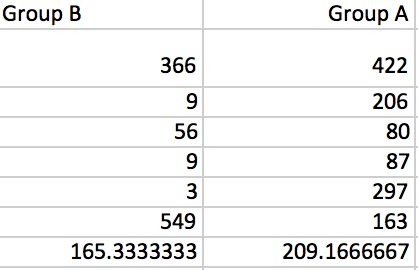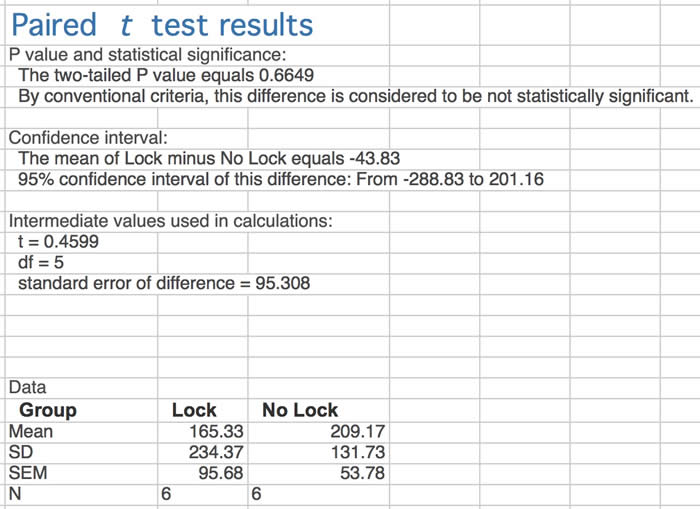Browse through our Medical Journals...
Comparing COVID-19 mortality rates in lockdown countries with mortality rates in non-lockdown countries.
Editorial 2/3
Lockdown, as explained in our first Editorial, was the most costly public health intervention ever.
Given the various direct and indirect costs of lockdown it would be justifiable to investigate whether widely adopted `lockdown’ policies usefully affected mortality rates or had other health benefits in the fight against COVID.
One widely available measure of outcome would be to look at deaths reported as a result of COVID.
There are limitations to this approach, but prevention of death was obviously a key desire for the public, and unquestionably one of the aims of the lockdown
Mortality figures, death rates, whatever you call them are absolute and feasibly quantifiable measures. They can also be used to compare across areas in geographical and temporal terms. Other measures, such as morbidity, often require qualitative methods of measurement e.g. prevalence of PTSD.
One obvious method of ascertaining whether lockdown had the desired effect (to prevent death) would be to compare countries that had lockdown for COVID with countries that did not have a lockdown for COVID.
A limitation to that would be that most countries adopted a lockdown process and few did not. We have explored limitations this places on the process of comparison in an earlier editorial. Nevertheless, around ten countries did not adopt a lockdown process. These included Sweden, Brazil and Japan.
In comparing figures for lock down countries with non-lockdown countries in 2020 two angles might be explored.
The first angle we can look at is to separate the groups of countries in two – Group A and Group B according to whether lockdown policy was an adopted. Then we can look at the range of death rates (deaths per million) in each group.
Our hypothesis would be that in a locked down country there should be a lower death rate, in which case if we compared the means of a group of non-lockdown countries with matched lockdown countries, then we might expect a significant difference between them.
The range of moratlity rates was looked at in our first editorial.
In this paper we will look at comparisons of non-lockdown countries with matched lockdown countries.
Even within one continent, there can be surprising variation in mortality rates.
For instance if we look at South America and look at moratlity rates per country it is difficult to discern a clear pattern. Most South American countries employed some form of lockdown, but two did not. Can you spot which these non-lockdown are just by looking at mortality rates?

For the purpose of this brief study we have gathered a group of all non-lockdown countries (excluding one country which has denied the coronavirus pandemic and refuses to admit any deaths from the virus).
We have compared each of these countries’ mortality rates with a matched country from the lockdown group. We tried to match fro population size, population density and hemisphere. The matching process could, however, only be approximate as few countries share these three characteristics exactly with another.
We present the two groups in Table One, the lowest cell contains the mean of the 6 cells above.

We then compared the two groups via a paired t test.

The t test shows there is no significant difference in the matched lockdown and non-lockdown groups.
Conclusions
In our first editorial we compared the range of mortality rates between lock down and non-lockdown countries.
The lockdown group (which was Group B in Editorial 1) had a range of rates from 0.1 to 858 i.e. a wider range with mortality rates beyond the non-lockdown group (which was Group A in Editorial 1)
In this comparison of matched mortality rates between lockdown countries (Group B in Editorial 2 - USA, Armenia, Mexico, South Africa, Honduras, Portugal) and non-lockdown countries (Group A in Editorial 2 - Brazil, Uruguay, South Korea, Tajikistan, Japan, Sweden) we found there was no significant difference.
In these two comparisons we did not find support for the hypothesis that global lockdown in 2020 reduced overall mortality rates.
Copyright Priory Lodge Education Limited 2020
Editorial by Professor Ben Green
Accepted 18th July 2020
First Published 22nd July 2020
Click
on these links to visit our Journals:
Psychiatry
On-Line
Dentistry On-Line | Vet
On-Line | Chest Medicine
On-Line
GP
On-Line | Pharmacy
On-Line | Anaesthesia
On-Line | Medicine
On-Line
Family Medical
Practice On-Line
Home • Journals • Search • Rules for Authors • Submit a Paper • Sponsor us
All pages in this site copyright ©Priory Lodge Education Ltd 1994-


